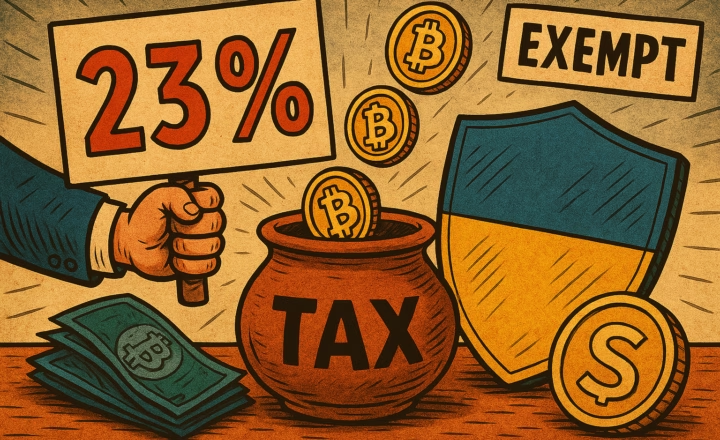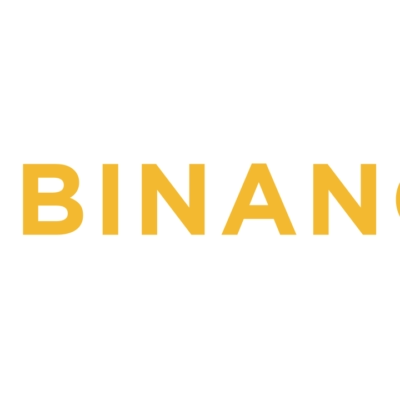The upcoming major upgrade for the Ethereum blockchain, Pectra, is a comprehensive protocol improvement that combines the Prague (execution layer) upgrade and the Electra (consensus layer) upgrade. The name “Pectra” is derived from these two components. Ethereum’s developer community has been actively discussing the technical details and implementation timeline for this upgrade. Below, we explore its technical improvements, market impact, expected schedule, and community and developer reactions.
Technical Details: Enhancing Scalability
The primary focus of the Pectra upgrade is to enhance Ethereum’s scalability. Developers have debated two possible approaches:
- A gradual series of smaller improvements
- A more radical upgrade through the introduction of Verkle Trees
Verkle Trees are a new data structure designed to replace the current Merkle Tree, enabling faster verification with less data, which would significantly improve network processing capacity and reduce the state bloat issue. However, implementing Verkle Trees is a complex process, expected to take over 18 months, making it infeasible for immediate deployment. Therefore, Pectra will prioritize simpler and more immediately implementable Ethereum Improvement Proposals (EIPs), while Verkle Trees will be postponed to a future upgrade.
Key Features of the Pectra Upgrade
-
EIP-3074 (Batch Transactions for Wallets)
- Introduces AUTH and AUTHCALL opcodes, allowing batch transactions.
- Expected to significantly improve the user experience in DeFi and NFT purchases.
-
EIP-7251 (Validator Stake Limit Increase)
- Increases the maximum stake per validator from 32 ETH to 2,048 ETH.
- Aims to reduce the computational burden caused by Ethereum’s growing number of validators (now exceeding 1 million).
-
EIP-6110 (Improved Validator Deposits)
- Enables direct handling of deposit processing at the execution layer.
- Simplifies validator onboarding and enhances security and efficiency.
-
EIP-7002 (Forced Validator Exit Trigger)
- Allows execution-layer-based forced exits of malicious or inactive validators.
- Considered a critical fix for Ethereum’s staking mechanism flaws.
-
EIP-7549 (Reduced Cryptographic Computation Costs)
- Reduces cryptographic pairing calculations from 1,366 operations to just 22, significantly improving block processing efficiency.
These improvements will collectively enhance Ethereum’s transaction processing speed, fee efficiency, security, and overall usability.
Market Impact: Effects on Investors, DeFi, and NFT Markets
Ethereum upgrades are closely watched by market participants, and Pectra is no exception.
Investor Perspective
For investors, scalability improvements directly impact Ethereum’s long-term value. Analysts at JP Morgan have noted that past upgrades, such as EIP-4844 (Proto-Danksharding), significantly improved Ethereum’s usability and could make ETH outperform Bitcoin in the long run. Historically, major upgrades have boosted ETH prices, as seen in the lead-up to The Merge and the Shapella upgrade.
However, some experts caution against over-optimism. Ethereum’s fee-burning mechanism (EIP-1559) means that lower fees, while beneficial for users, could reduce ETH’s supply reduction rate, affecting its price performance. Additionally, demand for ETH must outpace fee reductions for the price to appreciate.
Impact on DeFi (Decentralized Finance)
DeFi platforms rely on Ethereum’s network efficiency, and high gas fees have been a major barrier to adoption. Pectra’s scalability improvements will reduce transaction costs, making DeFi applications more attractive to users.
With the introduction of Layer 2 solutions (L2s) and Proto-Danksharding in the previous Dencun upgrade, DeFi transaction fees have already dropped significantly. Analysts suggest that further improvements in Pectra could lead to increased trading volume on decentralized exchanges (DEXs) and higher adoption of lending protocols.
Impact on the NFT Market
The NFT market has been plagued by high gas fees, which discouraged users and creators. Pectra’s improvements will further lower transaction costs, making minting, trading, and transferring NFTs more affordable. This could help revitalize the NFT ecosystem, attracting new creators and collectors.
Overall, Pectra’s scalability improvements will benefit Ethereum’s entire ecosystem, including DeFi, NFTs, and new emerging use cases.
Upgrade Schedule and Development Progress
As of now, Ethereum’s core developers have not set a fixed release date for Pectra. However, discussions in Ethereum’s All Core Devs meetings indicate that the upgrade is expected to go live in 2025.
Originally, Ethereum developers aimed to release Pectra by the end of 2024, but delays due to Verkle Tree implementation complexities and extensive testing requirements have pushed the timeline further. Testnet deployments are ongoing, and large-scale validator testing is being conducted on networks like Sepolia and Holesky.
While an official date is yet to be confirmed, market analysts expect Pectra to launch in early-to-mid 2025.
Community and Developer Reactions
Ethereum’s community and developer ecosystem have shown strong support for Pectra. The upgrade has been widely welcomed for addressing scalability, reducing fees, and improving network efficiency.
Developers’ Perspective
Ethereum developers debated whether to prioritize immediate user benefits or pursue long-term state structure optimizations. While some argued that Ethereum’s state needs a fundamental overhaul (Verkle Trees), others emphasized that small, incremental improvements should come first. Ultimately, a two-phase approach was chosen, with Pectra focusing on practical improvements and Verkle Trees being scheduled for a later upgrade.
Community Expectations
The Ethereum community has largely positive expectations for Pectra. However, concerns have been raised regarding:
- Validator centralization risks due to EIP-7251.
- Potential fee reduction impacting network security by decreasing miner and validator rewards.
Despite these concerns, the general consensus is that Ethereum continues to evolve as the leading smart contract platform. Developers have ensured that Ethereum’s upgrade process remains transparent and community-driven, reinforcing confidence in the network’s long-term vision.
Conclusion
The Pectra upgrade represents another significant milestone in Ethereum’s ongoing development. By addressing scalability, transaction efficiency, and security, it will strengthen Ethereum’s position as the leading smart contract blockchain.
For investors, Pectra could be a bullish catalyst, as network improvements often correlate with increased adoption and value appreciation. However, Ethereum’s evolving fee model and long-term supply dynamics will require careful analysis.
For developers and users, Pectra brings substantial benefits, making Ethereum transactions cheaper, staking more efficient, and dApps more scalable.
As Ethereum moves through its long-term roadmap—from The Surge (scaling) to The Verge (state optimization) and beyond—the Pectra upgrade plays a crucial role in its evolution. The coming months will be critical in determining when and how Pectra will be successfully implemented.












